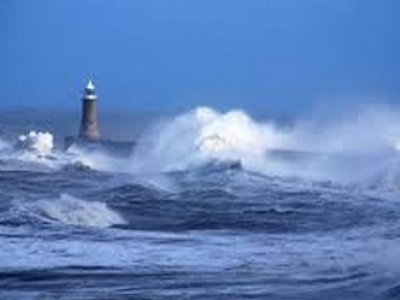Lessons learned
UK MAIB has published its first issue of its Safety Digest earlier this year including lessons learned from maritime accidents. One case uses two examples where high sided Ro-Ro vessels were berthed alongside in strong winds and explains which precautions should be taken in such conditions.
Vessel 1
A large high sided ro-ro vessel was berthed alongside in strong winds at a busy European port. The master had decided to use four headlines, four stern lines, two forward spring lines and two aft spring lines to keep the vessel secure alongside during cargo operations, a decision he based on the weather forecast available at the time of arrival.
The strong offshore winds were beam on to the vessel, causing significant loading on the vessel’s mooring lines. As cargo operations progressed the wind began to increase, and gust to 42 knots, which caused all four stern lines, the two aft spring lines and one forward spring line to part, and the stern to veer quickly off the berth. This caused damage to the stern ramp, and the vessel to swing across the river and ground on the opposite bank.
The crew were able to close the stern ramp to prevent any further damage, and the main engine was started. Eventually, the vessel was re-secured alongside with the assistance of three tugs and, once secure, cargo operations were resumed.
Vessel 2
Another large, high sided ro-ro vessel in the same port, but at a different time, suffered a similar fate. This time the master had expected (as per the forecast) winds gusting up to 35 knots. Prudently, he had decided to deploy an additional breastline forward and stern line aft to counter the forecast strong wind conditions.
However, as with Vessel 1, mid-way during cargo operations the vessel encountered winds that gusted up to 45 knots. In this case four of the forward lines parted and the bow drifted some 80 metres off the berth. Luckily the stern moved just 10 metres off.
Again, the crew responded quickly, and cargo operations were stopped, engine and bow thrusters started and, with the assistance of tugs, the vessel was brought back alongside and re-secured with additional mooring lines. Fortunately, the vessel did not suffer any damage.
|
Lessons learned Keeping a high sided vessel alongside in strong winds was always going to be a challenge. Having decided to do so, it was important to take appropriate precautions, and to consider contingency options should the actual conditions experienced differ.
|
Find more cases at UK MAIB’s Safety Digest
































































